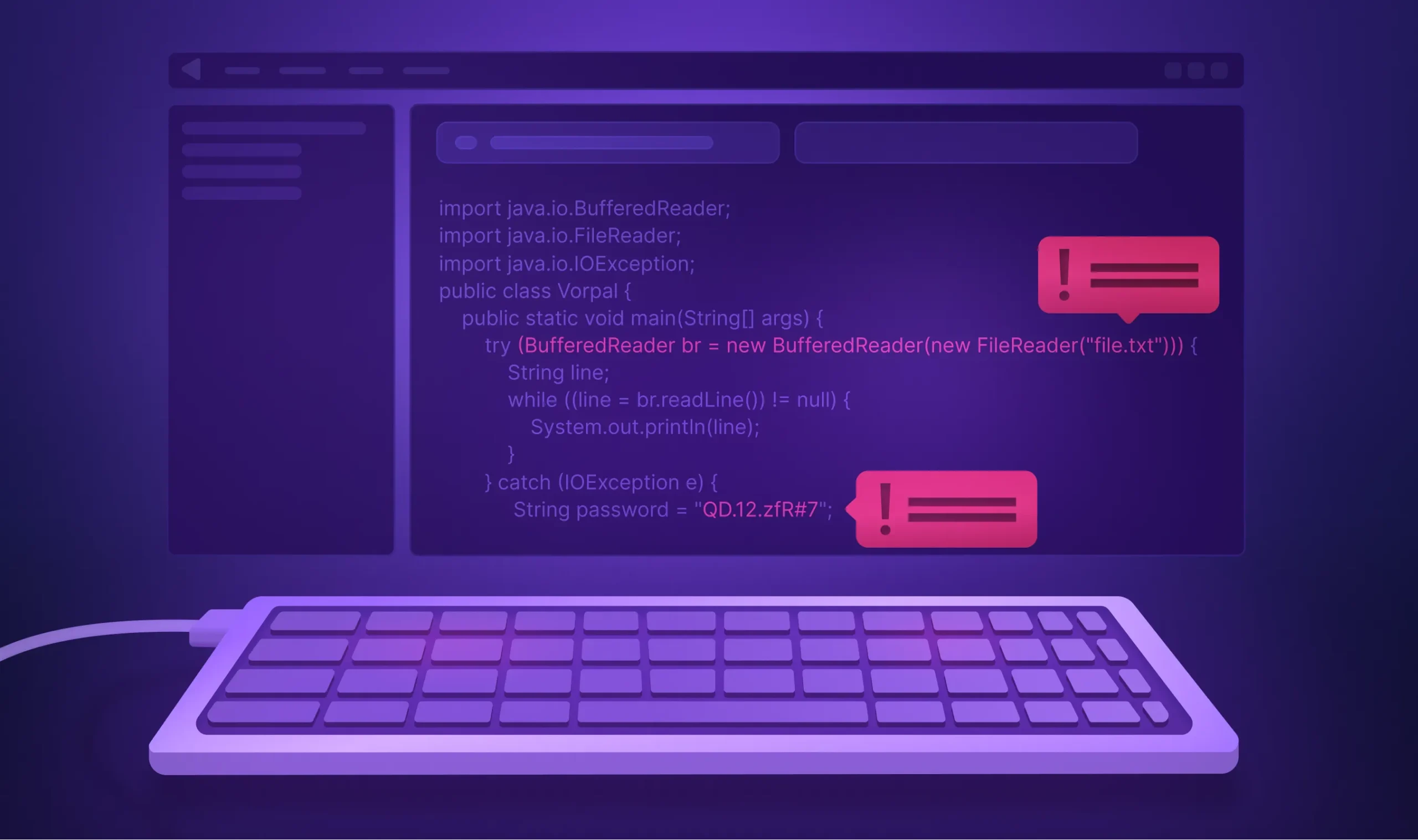
Every developer knows the frustration: You’re in the flow, crafting elegant code, when suddenly you’re pulled back to fix security vulnerabilities in work you thought was finished long ago. This constant context-switching isn’t just annoying; it’s expensive and risky.
While enterprise developers understand the importance of application security (AppSec), it slows them down. Instead of using all their time for creativity, coding, and debugging – their “main job” – AppSec requires them to spend increasing amounts of their time going back to older code and closing all types of security gaps that security teams are focused on. The result is a reduction in development velocity and gradually increasing “security fatigue.”
As all types of cyber-attacks are on the rise, and the widespread adoption of GenAI among developers adds even more risks, it can feel like AppSec requirements are on a collision course with developer experience.
Fortunately, improved AppSec technology is now enabling development teams to “shift left,” making it easier, faster, and smoother to address application security risks as part of the earliest software development stages: while writing code and before committing code to source code management systems (SCMs), such as GitHub.
The Benefits of Shifting Left
When most AppSec risks are addressed early in the software development lifecycle (SDLC), developers seldom need to return to previously written code to close security gaps.
This dramatically reduces the cost and complexity of remediation tasks down the road; it is well-understood that addressing security gaps later is more difficult, takes longer, and may need to be done under high-stress or emergency conditions (e.g., following the detection of an actual security breach).
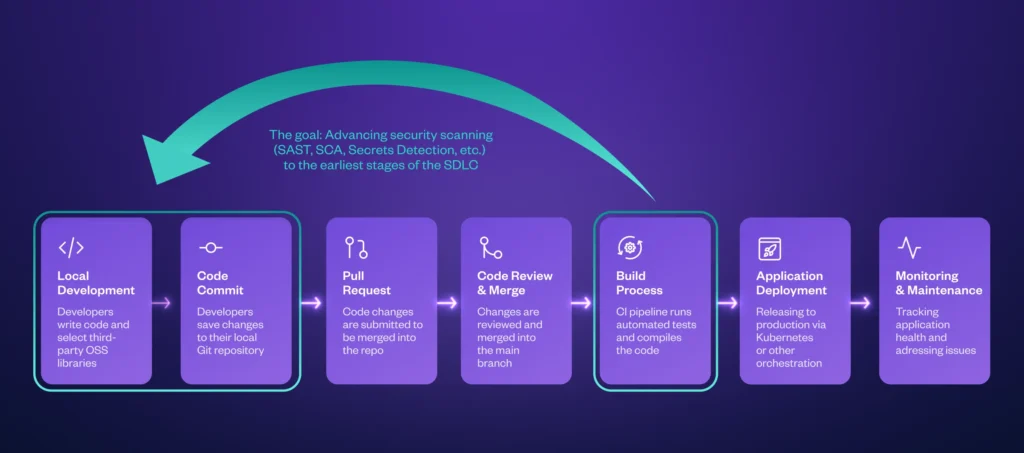
Shifting left: Advancing security scanning to check code and dependencies for vulnerabilities (and provide inline remediation guidance to developers) from the Build stage to the earlier Local Development and Code Commit stages improves security, while saving time, increasing productivity, and enhancing developer experience.
But We Already Scan Our Code at Build!
Scanning code at build time or upon pull requests are common approaches. However, they create a fundamental timing problem: Many of these automated security scans are too late in the SDLC to provide optimum protection. By the time applications are being compiled and deployed, the stages of writing code and incorporating third-party dependencies are already concluded.
Blocking builds is great for security objectives, but it delays version release timelines and doesn’t alleviate much of the security fatigue affecting developers. A better approach is required.
Realtime Code Analysis and Remediation
Imagine if each developer was teamed with an AppSec expert who watched every line of code being written, and who immediately pointed out anything that could pose a potential security issue. Furthermore, imagine that this expert would explain the risk and provide in-context remediation recommendations on the spot.
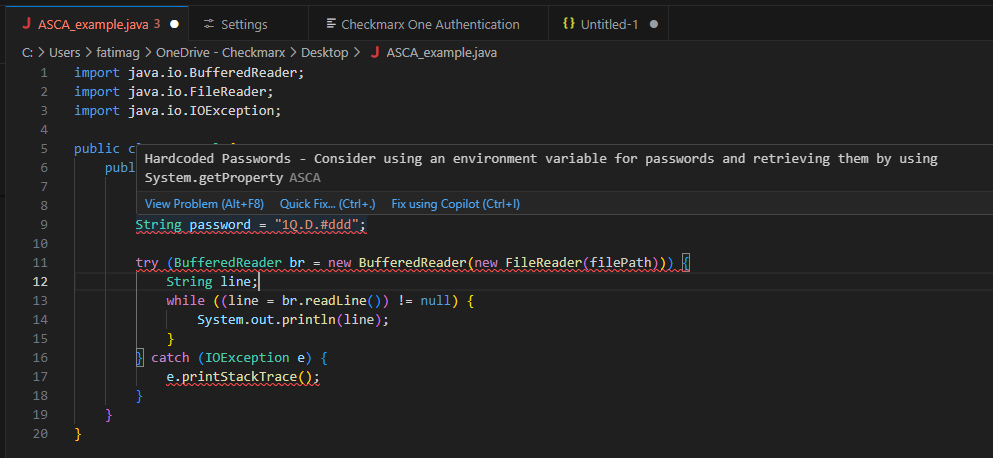
By essentially transforming every enterprise developer into an enterprise AppSec expert, the quantity of downstream AppSec alerts is dramatically reduced, improving the enterprise’s overall application security posture and the developer experience.
This is exactly what realtime code analysis and remediation technology does. Combining multiple security scanning technologies embedded within the developer’s integrated development environment (IDE), realtime code analysis can detect – and suggest in-line remediations for – many security flaws, including:
- Vulnerable code, written by developers or generated by AI coding assistants, that can be exploited by attackers
- Incorporation of third-party packages containing vulnerable or malicious code, whether the references to the packages were written in-house or generated by AI
- Hardcoded secrets (e.g., credentials, keys, tokens) that, if contained in shared repositories, can expose an organization to supply chain attacks
- Misconfigurations in infrastructure as code (IaC) files that can leave an organization’s environment open to attack
Once context-aware detection and remediation assistance capabilities are an integral part of the ongoing development process, developers can easily understand and address security issues without unnecessary friction or long lag times.
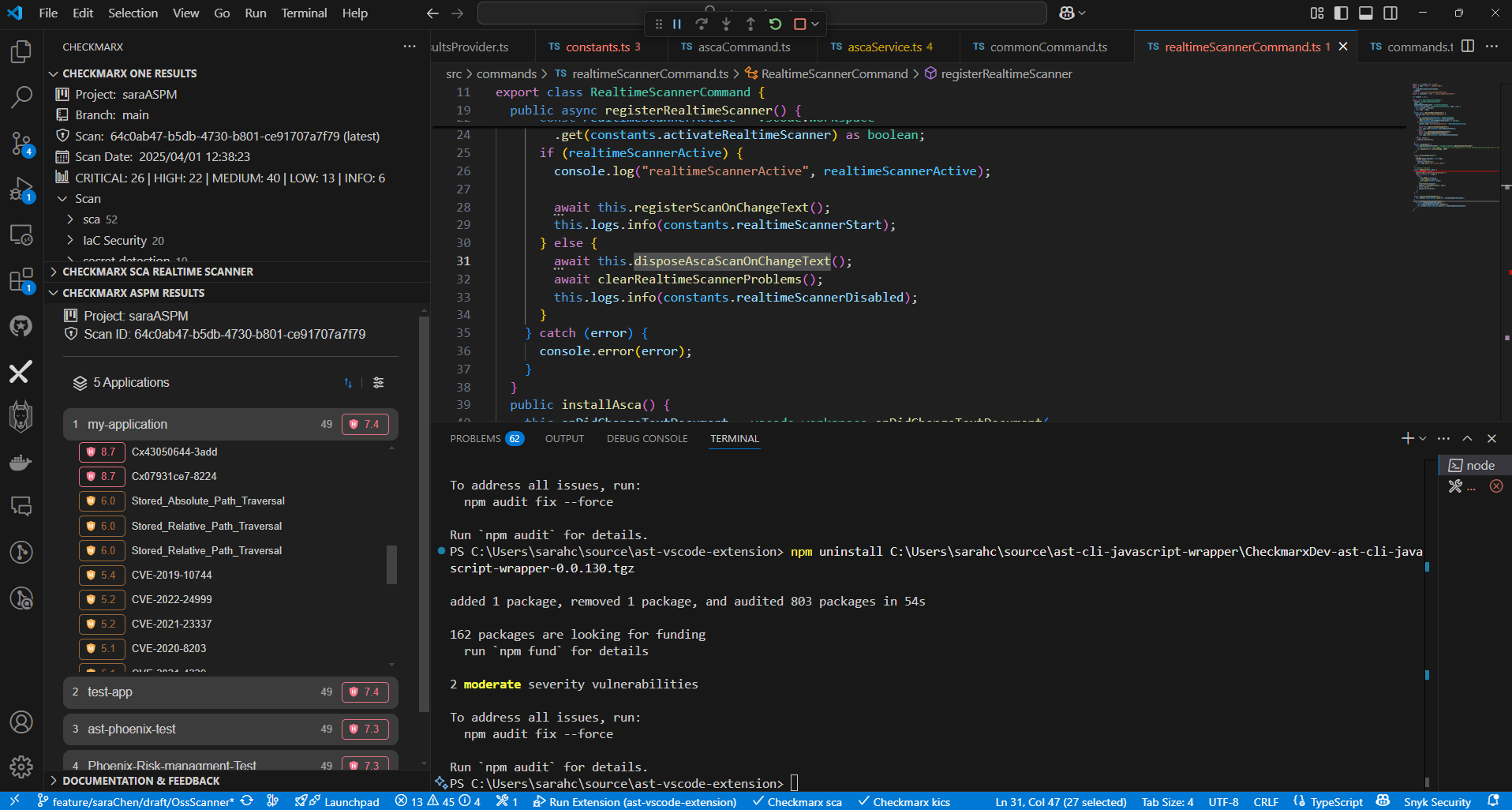
When developers receive application security posture management (ASPM) reporting inside the IDE, they can efficiently prioritize and address the most critical vulnerabilities found in the code they are responsible for – to improve their code quality and prevent unnecessary later work when the same issues are reported by the AppSec team.
However, even the best realtime analysis relies on developer adoption. That’s where pre-commit scanning creates an additional safety net.
Pre-commit Code Scanning
While realtime code analysis and remediation holds the potential to eliminate most application security vulnerabilities, it still relies on developers choosing to make use of these technologies. If a developer feels under too much time pressure, for example, to address every in-line alert generated by such a tool, those alerts will go unheeded, and the software will still end up containing vulnerabilities.
For this reason, it is also important for enterprise development organizations to implement automated pre-commit code scanning. Using “hooks” (commands or scripts that are automatically executed before a Git “commit” is performed), all code can be scanned for a variety of dangers before it ever reaches the SCM or other code repo.
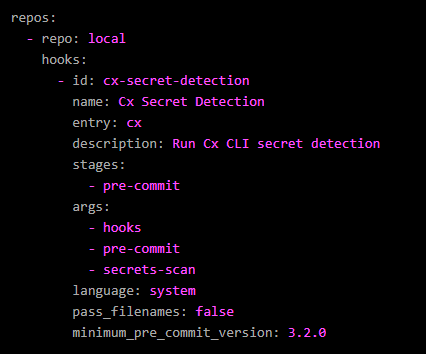
Defining “hooks” allows the automated scanning of code for a variety of dangers before “commits” so that risky code never reaches code repository.
Since developers typically commit code changes soon after working on the code, receiving a list of risks to address at this point is still much more convenient than getting them at some later point in time. And, of course, preventing risky code and hardcoded secrets from ever reaching code repositories results in more secure compiled applications, less exposure to breaches, and a significantly lower risk-remediation burden for developers later.
Organizations should automatically run the following types of code scans prior to permitting code commits from completing:
- Static application security testing (SAST) – to limit the presence of exploitable code vulnerabilities in compiled applications
- Software composition analysis (SCA) – to prevent the deployment of vulnerable third-party libraries or the violation of third-party code licenses, and to ensure the constant availability of up-to-date software bills of materials (SBOMs)
- Malicious package protection (MPP) – to prevent third-party libraries containing malware from reaching code repositories, artifact registries, or running applications
- Secrets detection – to prevent the possible exposure of sensitive credentials to unauthorized parties who may try to exploit them
- Infrastructure as code (IaC) scanning – to ensure that there are no misconfigurations that can endanger the organization’s software infrastructure
Organizations need to create policies around these scans to balance security needs with developer experience and productivity. For example, most developers will accept cancelation of a code commit if the code contains hardcoded credentials, malware, or third-party code that violates licensing requirements. On the other hand, it is reasonable to allow certain types of low-severity vulnerabilities to pass through in the interest of developer velocity and meeting business deadlines.
Therefore, any pre-commit code scanning implementation must allow managers to customize the policies in place, to easily fine-tune these policies over time, and to allow relevant managers to override restrictions on a case-by-case basis. Without this level of control – and these types of release valves – a developer rebellion may occur!
The Critical Importance of Accuracy
A key success factor in shifting AppSec left is the accuracy of the technologies being implemented. If developers are bombarded with “false positives” during coding, they will quickly stop trusting (and using) these tools. Likewise, if their code commits are frequently blocked for “no good reason,” frustration will mount, and developer cooperation with security teams is likely to suffer.
Achieving low false positive rates requires a combination of technological and data-collection capabilities that can ensure that a very high percentage of alerts (and suggested remediation steps) are correct. Some examples of these capabilities include:
- Fine-tuned SAST vulnerability detection algorithms that support a wide range of coding languages with high-fidelity results
- Remediation guidance capable of pinpointing individual fix locations that can address multiple vulnerability findings in a single edit
- Effective SCA reachability analysis that uses multilingual “exploitable path” methodologies to determine which unsafe library functions may actually be called at runtime – and which are unused (and thus safe) for now
- Comprehensive and up-to-date databases of third-party code libraries containing vulnerable or malicious code – and the best alternatives, if they exist
- Sophisticated secrets detection algorithms that don’t confuse harmless code with sensitive credentials, and that can be customized when necessary
- Live validation of discovered secrets to determine if they are still exploitable
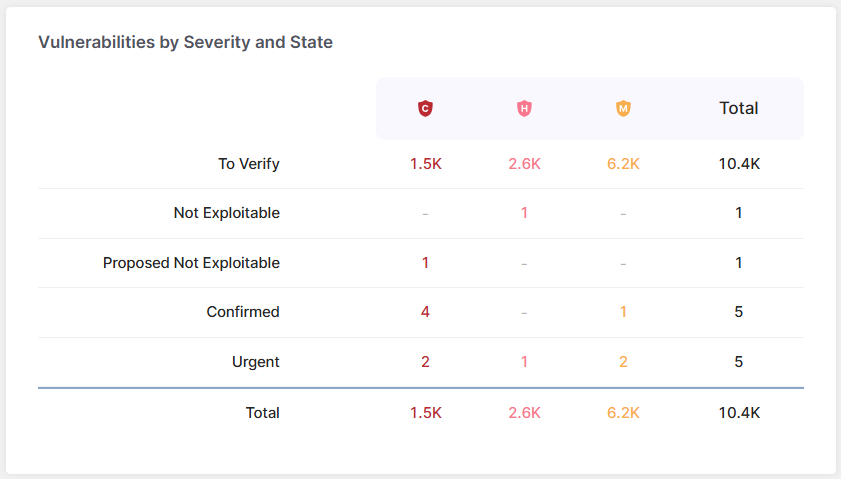
Having an accurate high-level view of the overall application security posture at all times helps teams to prioritize the fixes that matter most.
This Shift is Already Happening
The confluence of multiple trends is rapidly accelerating the adoption of realtime code analysis and automatic pre-commit security scanning in enterprise software development environments. These include:
- The larger attack surface presented by modern software supply chains
- The ever-increasing number and sophistication of cyber-attacks
- The sudden ubiquity of AI-driven code-generators
- The greater attention being paid to developer experience by security professionals
- The emergence of new technologies to better (and earlier) detect (and help remediate) software security issues
This proactive shift toward early risk detection and remediation is revolutionizing the relationship between enterprise development and security teams, with tremendous benefits: higher levels of application security along with improved developer experience. By automating embedded AppSec scanning – and remediation guidance – where developers live, both security and productivity soar.

Continuous visibility and measurement of developer productivity and the ability to address high-risk vulnerabilities are key factors of successfully shifting left in AppSec.
Ready to Transform Your AppSec Approach?
So, how can you start shifting your AppSec further to the left, while improving both application security posture and developer productivity? Here are some suggested next steps to get you started:
- Assess your current security posture – Identify where vulnerabilities are typically found in your SDLC and calculate remediation costs.
- Select IDE-integrated security tools – Evaluate and implement realtime code analysis tools that match your technology stack.
- Configure pre-commit security hooks – Set up automated scanning for vulnerabilities, secrets, and dependency risks before code reaches repositories.
- Define clear security policies – Establish which issues block commits and which generate warnings, balancing security with developer productivity.
- Start with a pilot team – Implement with a small, receptive development team to gather feedback and demonstrate value.
- Invest in developer training – Ensure teams understand security risks and how to use the new tooling effectively.
- Optimize false positive rates – Continuously tune detection algorithms based on feedback to maintain developer trust.
- Measure and communicate wins – Track metrics like vulnerabilities prevented and time saved to demonstrate ROI.
- Integrate with existing workflows – Connect new security tools with CI/CD pipelines and ticketing systems.
- Scale gradually across teams – Roll out to the broader organization based on lessons learned from early adopters.
By following these steps, you can achieve the dual benefits of improved application security and enhanced developer experience. The journey to shift-left security is an evolution, not a revolution, but the rewards are well worth the investment.
Explore how Checkmarx One helps secure code earlier, reduce developer friction, and scale security across your SDLC. Learn more here.